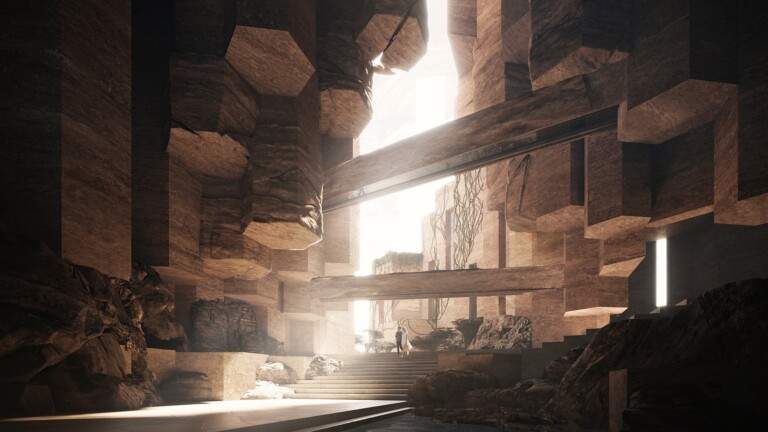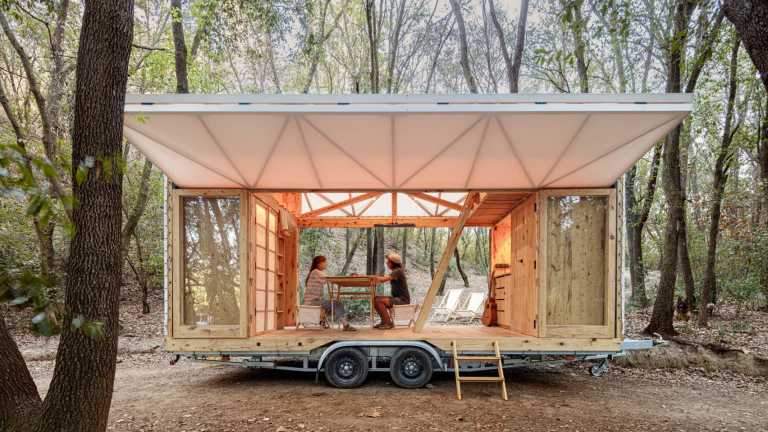Seating systems play a pivotal role in shaping the ambiance, functionality, and aesthetic appeal of architectural spaces. From grand auditoriums to cozy cafes, the design and arrangement of seating profoundly impact how people interact with and experience built environments. In both architecture and interior design, seating goes beyond mere functionality; it becomes a statement of style, comfort, and social interaction. This article delves into the significance of seating systems from an architectural and interior design perspective, exploring their design principles, innovative approaches, and their transformative effects on spaces.
Design Principles
Effective seating system design integrates both form and function seamlessly. Architects and interior designers meticulously consider various factors such as ergonomics, space utilization, circulation patterns, and user comfort. The arrangement of seats is often dictated by the intended function of the space. For instance, in a lecture hall, the seating is typically arranged in a tiered fashion to ensure unobstructed views of the speaker, while in a restaurant, seating might be strategically placed to optimize social interaction.
Furthermore, the materiality and aesthetics of seating play a crucial role in enhancing the overall ambiance of a space. Whether it’s plush sofas in a lounge or sleek chairs in a corporate boardroom, the choice of materials, colors, and textures can evoke specific moods and convey the desired design language.
Innovative Approaches
With advancements in technology and design, seating systems have witnessed innovative transformations. Architects and designers are pushing boundaries by incorporating cutting-edge materials, sustainable practices, and interactive elements into seating design.
One notable trend is the integration of flexible seating solutions that adapt to the dynamic needs of modern spaces. Modular seating systems allow for customizable configurations, catering to diverse activities and user preferences. Additionally, the rise of smart seating equipped with sensors and ergonomic features further enhances user comfort and experience.
Moreover, there is a growing emphasis on sustainable seating design, with designers opting for eco-friendly materials and production methods. From reclaimed wood benches to recyclable plastic chairs, sustainable seating solutions not only reduce environmental impact but also add a layer of authenticity and character to spaces.
Transformative Effects
The strategic placement and design of seating systems can dramatically transform the perception and functionality of architectural spaces. In commercial settings such as retail stores and hospitality venues, well-designed seating areas can encourage prolonged dwell time, fostering a sense of relaxation and enjoyment among patrons.
Similarly, in public spaces like parks and plazas, thoughtfully designed benches and seating installations serve as gathering points, promoting social interaction and community engagement. By creating inviting and comfortable seating arrangements, architects and designers have the power to shape the social dynamics and user experience within urban environments.
Furthermore, seating systems can be used as design focal points, adding visual interest and defining spatial hierarchies. Sculptural seating installations and iconic furniture pieces not only serve practical functions but also contribute to the overall identity and character of architectural spaces.
Conclusion
Seating systems are integral components of architectural and interior design, influencing the functionality, aesthetics, and user experience of built environments. By adhering to design principles, embracing innovative approaches, and recognizing their transformative effects, architects and designers can create captivating spaces that cater to the diverse needs and preferences of users. Whether it’s fostering social interaction, enhancing comfort, or making a design statement, the art of seating systems continues to shape the way we inhabit and experience architectural spaces.
Finally, find out more on ArchUp:







